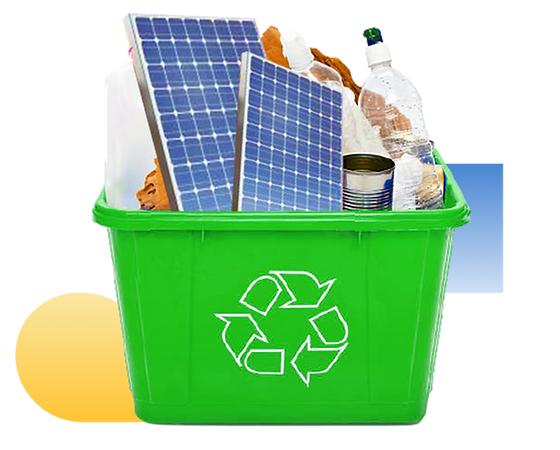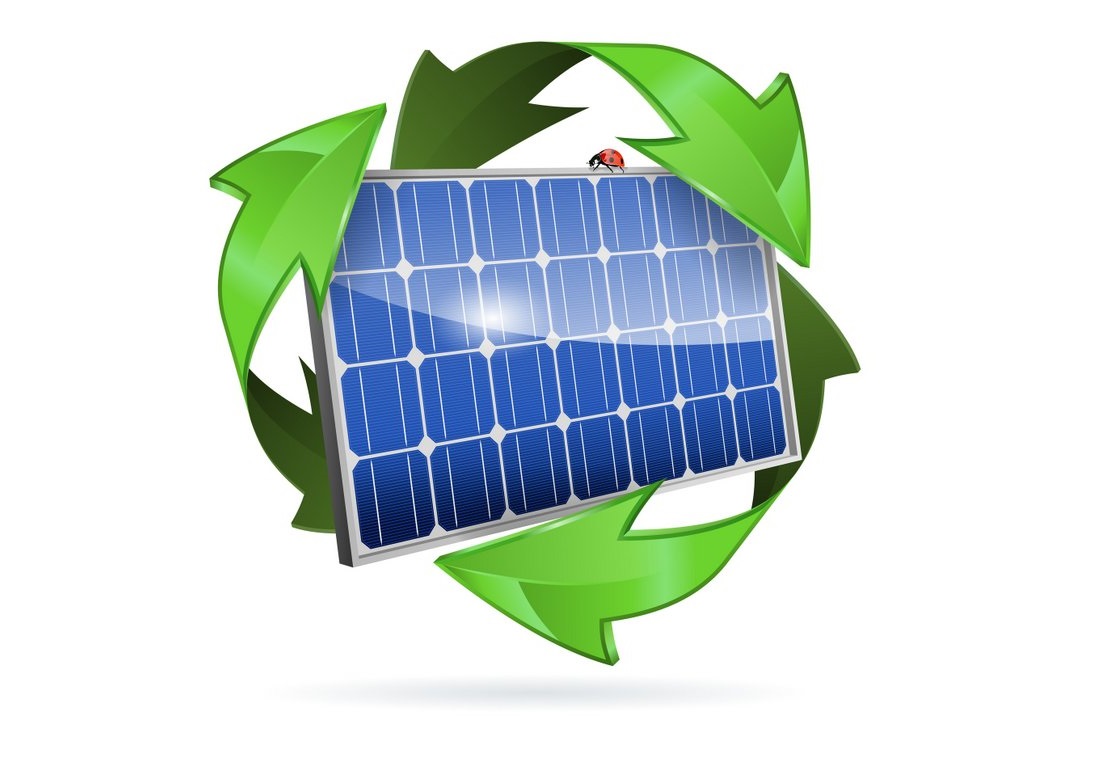The solar industry is celebrated for its role in driving the global transition to clean energy. Emissions from the production of solar panels, however, are a problem that is frequently disregarded despite the shiny panels that power homes and businesses. The glass covering and protecting each panel is a major source of these emissions. By reconsidering
The solar industry is celebrated for its role in driving the global transition to clean energy. Emissions from the production of solar panels, however, are a problem that is frequently disregarded despite the shiny panels that power homes and businesses. The glass covering and protecting each panel is a major source of these emissions. By reconsidering


Glass is not just a cover—it makes up more than 70% of a solar panel’s weight. It provides durability, shields cells from weather, and ensures efficiency by allowing maximum sunlight penetration. However, manufacturing this glass from raw materials like sand, soda ash, and limestone requires intense heat from fossil fuels, generating substantial greenhouse gas emissions.
Instead of relying solely on virgin raw materials, the solar industry can turn to recycled glass (cullet). Incorporating cullet into new panel glass offers several benefits:
While the potential is huge, there are barriers to overcome:

Governments, manufacturers, and recyclers are beginning to collaborate on solar recycling programs. By investing in advanced sorting and purification technologies, recycled glass can meet the high-quality standards required for solar panels. Some companies are even exploring chemical recycling to recover ultra-pure glass.